Well, it’s fishing season and everyone wants to get ready to go catch a fat cow striped bass. What rod will we use? What size line do I need? How about the hook what size and what type should it be? Do I need weights?
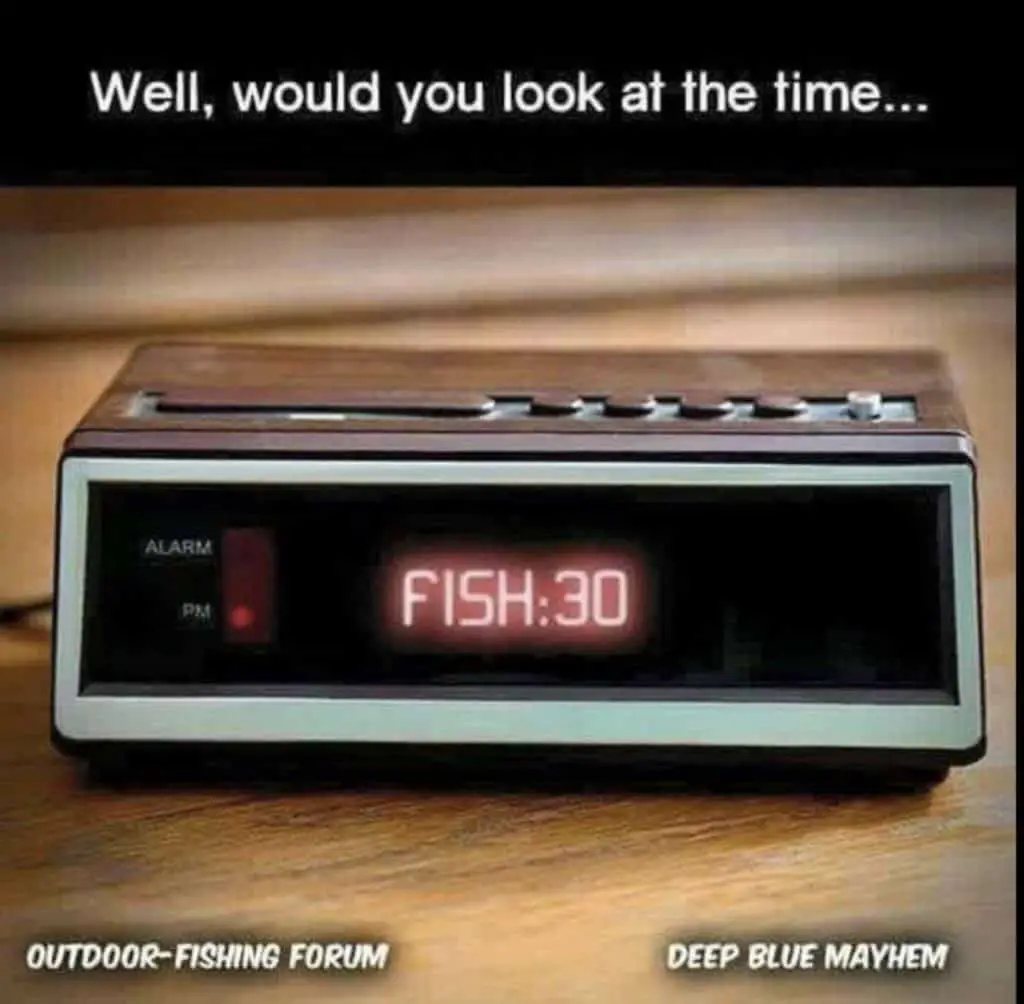
These are all the things that go through your mind if you are not a seasoned pro and even if you are going to a different part of the country to fish for Striper it may surprise you how different it could be. If you are used to catching Striper in New Jersey or the Northeast, and then you head down south or to the south west, you’ll find that the way that you fish for stripers successfully in the two areas is completely different.
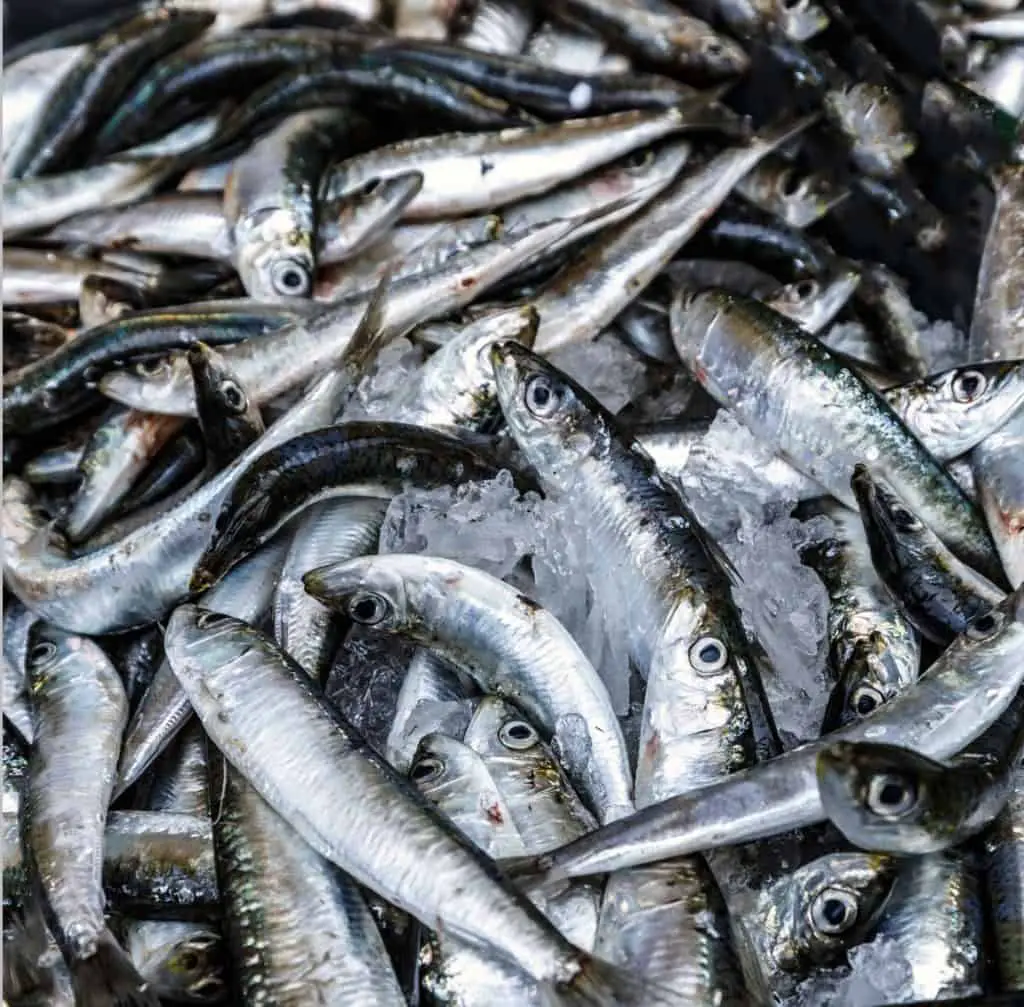
The reasons why are many, however, we can point to the fact that some striped bass come in land from the salty waters of the oceans and they may have a tendency to be bigger and they may also be looking for different prey. This causes the anglers to have to try to match their lures or their bait to the type of bait fish that the stripers are used to eating. Some places that contain stripers are landlocked and the bass seem to be a bit smaller in those areas.
They also are used to eating differently than their cousins from the oceans. For this reason your whole setup may be completely different going from one place to another. So where does that leave you if you are a beginning Striped bass fisherman? It leaves you asking the question how do I rig for striper fishing?
FREE Printable tackle box checklist HERE
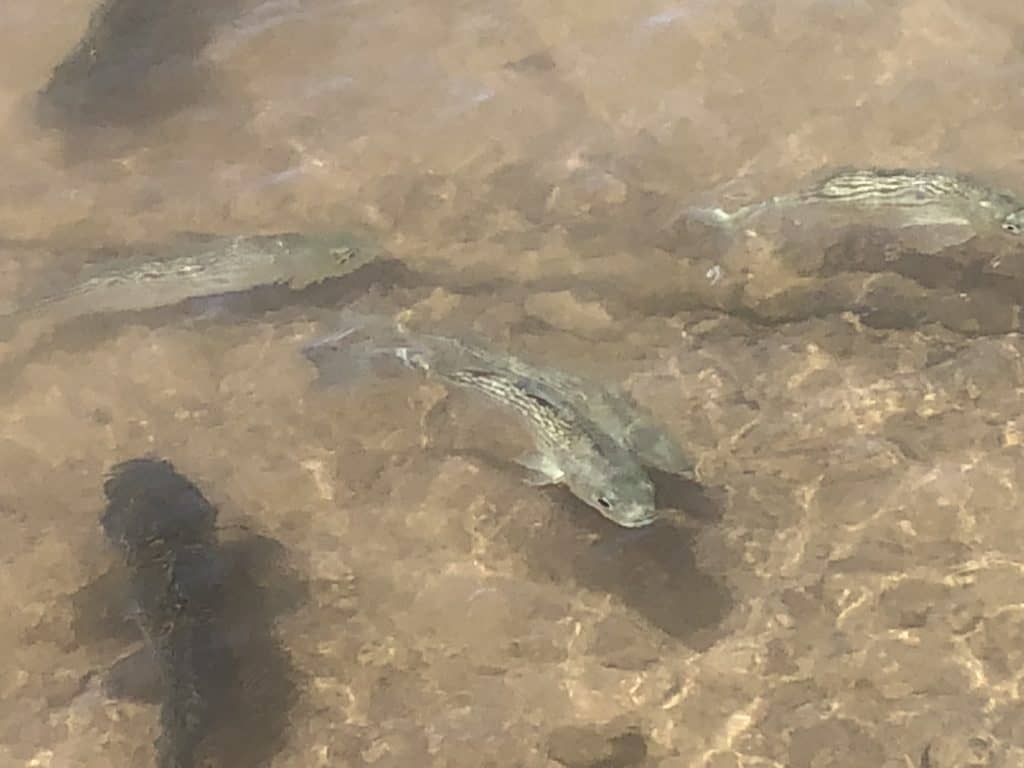
So here we find ourselves seeking an answer to this question. Let me tell you I will explain in this article how it is done but I have to explain several different ways since there are several different rigs that can be set up depending on where you’re going. Honestly, I’m not doing this to confuse you, I just want you to know that if you are going out for Striper you need to know how to rig for striped bass in the area where you are going.
Let’s get started.
By the way, if you’re in a hurry I will leave subtitles that will indicate the different rig set up‘s depending on where you are. I will also give you some pointers as to where else to go to find more information if you do not get enough information from this article. I want you to be successful and land a big one. Then I want you to come back here and leave a comment about how fun it was.
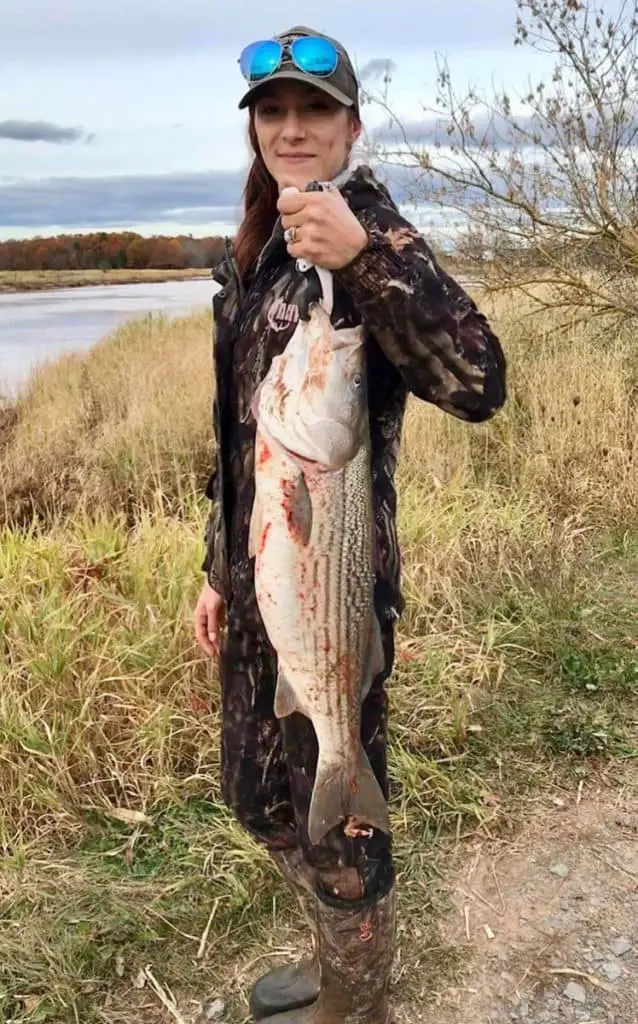
Cckhoury-fishbrain

How To Catch The Big Ones
If you check out the YouTube channel of Eliasvfishing you can get some instruction from him on how they do it for the big ones. However, in summary, he says that he uses a 10/ hook gamakatsu brand octopus hook. He uses 4 feet of leader 40 pound monofilament. The leader is the tip of your line that is tied to the hook. This is usually the same size or smaller than the line that is on your reel.
So if he is using 40 pound monofilament for his leader he’s probably using 40 or 50 or 60 pound monofilament on his reel. So one end of his line gets tied to the hook in the other end of the leader gets tied to a high-quality barrel swivel. So one end of the swivel is tied to the leader, and the other end is tied to the line on the reel. However before he does that he ties on a fishfinder Slider. The fishfinder slider is on the rig set up above the barrel swivel and is there just in case you want to add some weight later on.
Typically he does not use weight unless he needs to later and this way it saves him from having to re-tie his line after putting on a swivel. The fishfinder slider is on the rig set up above the barrel swivel and is there just in case you want to add some weight later on.
Typically he does not use weight unless he needs to later and this way it saves him from having to re-tie his line for putting on a weight. He does this so that if he needs to get into deeper water he may need to add weight for that. He usually uses bunker chunks as bait. That is cut bait in case you don’t know. Go check out his channel it is very entertaining and you will learn a lot.
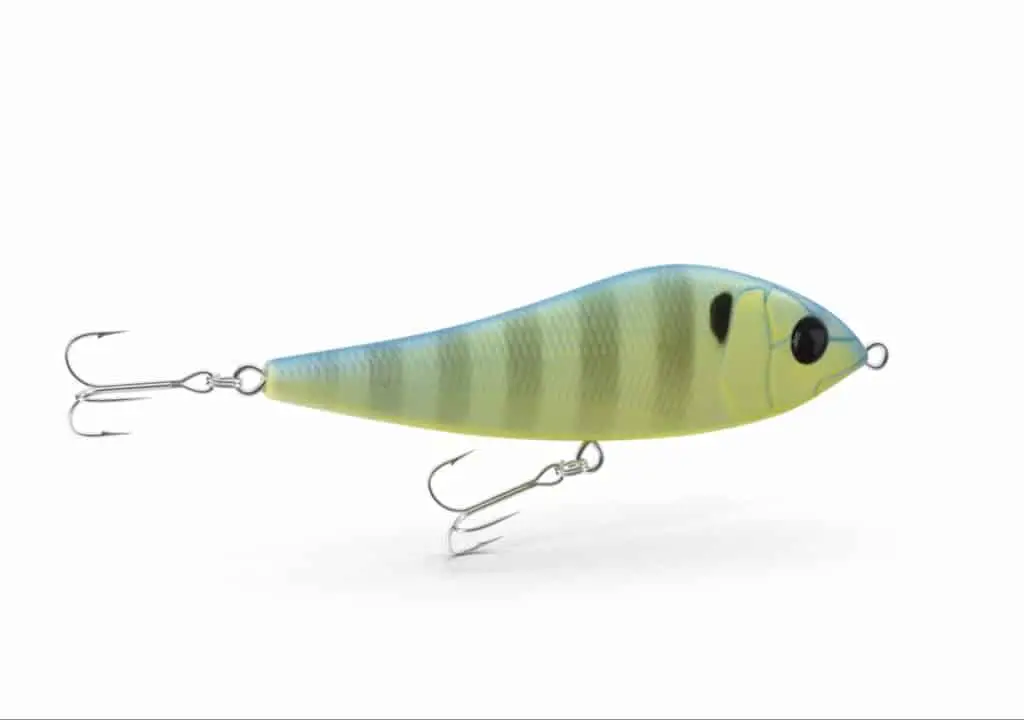
Mojo Rigs
Another YouTube channel who gave me advice for this article was Daniel DiPasquale channel. He gets real excited about using a mojo rig for striper fishing. He says that they were designed years ago for trolling the Chesapeake. He has used them with success in New Jersey as well. He says there is one called Bluewater candy and he says that it is the original mojo maker. He adds a 9 inch paddle tail shad to the hook first before trolling it. He says it’s best to cut about 1/2 inch off the head of the paddle tail shad before putting it onto the hook. Some people use super glue but he says there is no superglue necessary the way he does it.
There is another mojo rig that is made by magic tail buck tail made by Dante Sarante out of Long Beach Island. Yet another made by Ed at JD Lewers is a widebody mojo that he says is deadly on stripers. He then goes into detail on how to fish a mojo more. He says he uses 10 to 15 feet of 60 pound monofilament as a leader. He then says he drops it straight down until it hits the bottom and then he cranks it up to the four cranks off the bottom and then he trolls his boat 4 to 6 knots. He is very excited and swears by the mojo rig. And if done right he brings in the big ones. I thank him for his guidance on how to do this and I think you should go check out his YouTube channel if these are the type of stripers you seek. 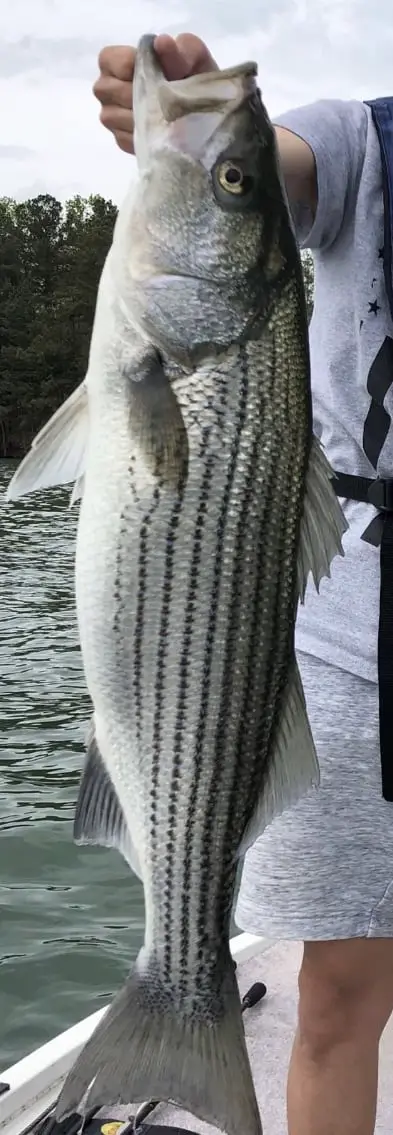
Photo courtesy of Instagram @shoi_sato
Mike Smedley is a common name in the striper world. I have been watching his YouTube videos and learning from him how he does it. He uses a 2/owner circle offset hook then 5 to 6 feet of 12 to 14 pound fluorocarbon leader. He then ties his leader to a quality barrel swivel but before doing that he threads on two glass beads. He always uses glass and says it’s the only way to go and not to use plastic. The reason why is because the glass beads slide together and tap each other and make a tapping sound underwater. This attracts the striped bass to his location where his bait is. He swears by it and says that’s the way to do it. So go check out Mike Smedley YouTube channel for more tips from a pro.
Cut Bait Anchovies For Striped Bass
Next we go to the other side of the country and take some advice from TOSTINMAN YouTube channeI. I checked out his YouTube channel and he gave us step-by-step instructions on how he does it. By the way his rig is very common in the south and south west especially if you are fishing for landlocked striped bass. He uses cut frozen anchovies to fish on the Petaluma River for striped bass. His rig consists of number four baitholder hooks or number four circle hooks. He says you should use frozen anchovies because they stay on your hook better but if you are concerned you can use magic thread to wind around the anchovy and your hook to keep it on.
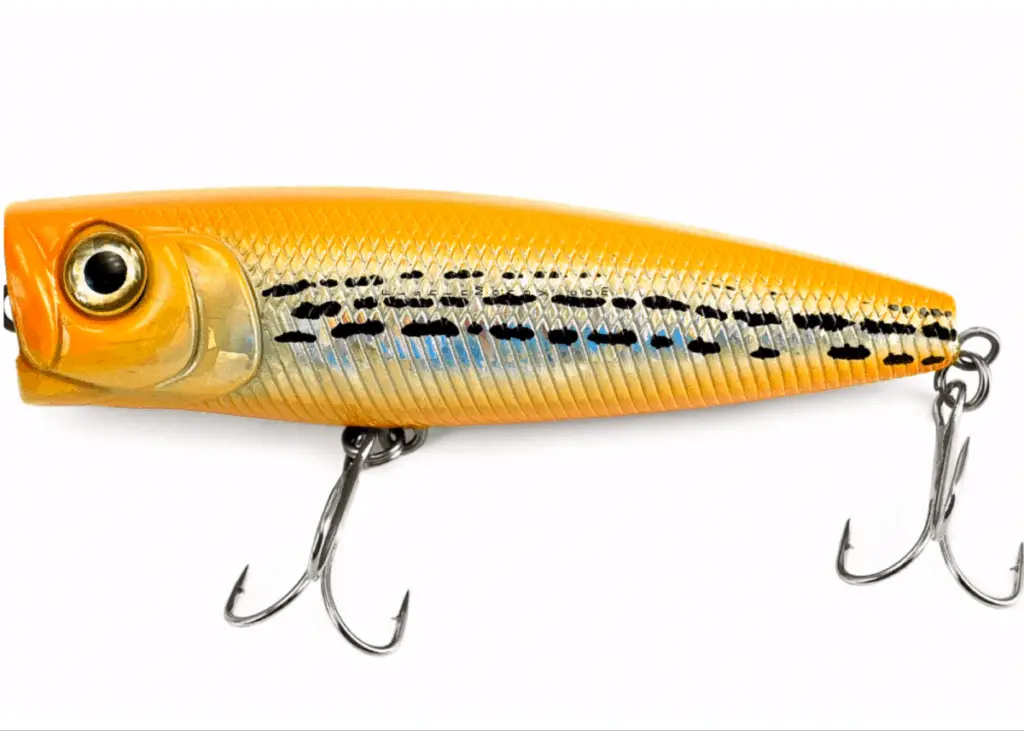
From what I understood he uses two hooks tied to your leader and then at the bottom of the leader he adds a weight. So from the tip of your leader on up the line it would consist of a 1 to 2 ounce weight, A hook number four bait hook, and then on up about 18 inches another number four bait hook, and then on up the line a barrel swivel, and then the other end of the barrel swivel ties to your regular line that’s on your reel. He gave one more tip if you are fishing in the daytime, if your anchovies are not frozen and they’re coming off, try setting them out in the sun and let them dry out a little bit. Once the fish skin is dried out, it will stay on your hook much better. He says this is the way he does it and he has been catching lots of stripers over there.
Hey FISHMONGER – make sure to check out my FISHING RESOURCES page.
Surf Fishing Striped Bass
The last fishing channel I checked out was a YouTube channel called more than fishing. It was an exciting view as I watched him set up a rig for surf fishing in the San Francisco Bay. The way he set his up is by using 30 pound fluorocarbon leader about 3 feet long and he tied on a number two or number one offset bait hook. Then at the top of the leader he ties that to the barrel swivel. Before he does that he puts on a fish finder slider. Onto the slider he adds 3 ounce weight. Once he gets this all set up he uses softshell sand crabs and a surf fishing rod that is 9 feet long. This helps him to cast far out into Sandy surf. He catches lots of Striper this way. I encourage you to check out his channel if you are surf fishing.
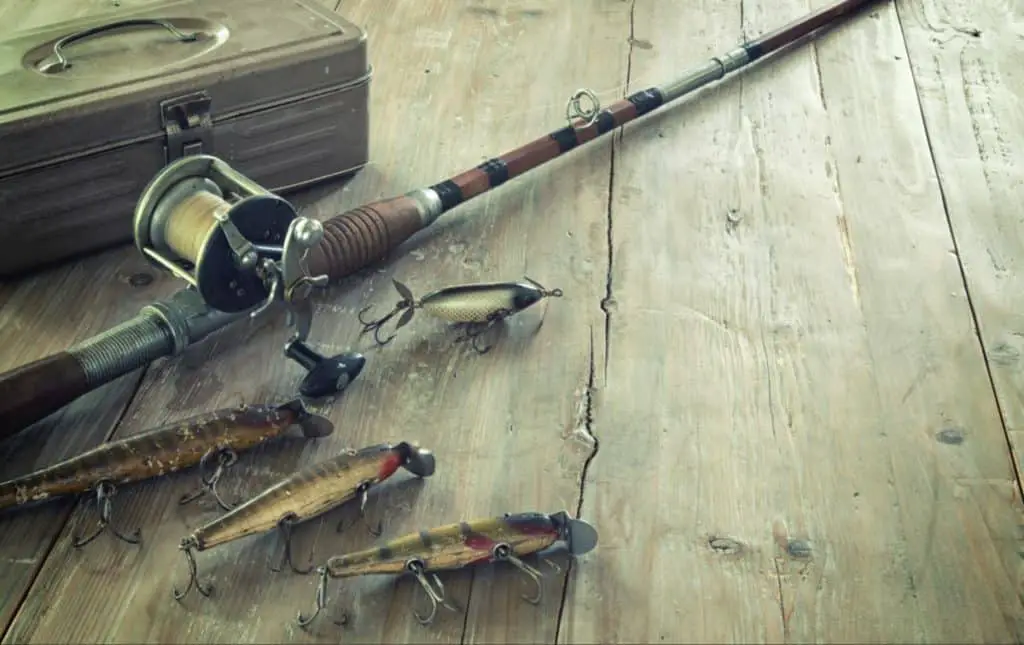
Night Fishing Lakes For Striped Bass
Last but not least, if you are fishing in lakes in the south west like Lake Mojave, Lake Mead, Colorado River, Lake Pleasant, then this is the type of ring you would probably go with. 12 to 20 pound line on your rod with a 1 ounce sliding egg weight. This would tie to your barrel swivel and then about 12 pound test leader. Tie this to a number one or number two bait hook. Some people call this a worm hook. Once you get this ring down you can use either use a whole anchovy or a half anchovy. Try fishing at night because it’s so hot in the daytime and there is not much shade that can be found. You can finish this rig either from a boat or from shore. If you fish from a boat however and you are fishing at night, you may want to bring with you a green LED light that can be dropped in the water.
The fisherman in the south west swear by this and they catch hundreds of fish and you can fish this rig either from a boat or from shore. If you fish from a boat however and you are fishing at night, you may want to bring with you a green LED light that can be dropped in the water. The fisherman in the south west swear by this and they catch hundreds of fish in a night. The reason for it is that the green fluorescent light underwater attracts the microorganisms in the water. Once the microorganisms gather around the light then the shad come from everywhere to eat the microorganisms, and after that, the striped bass to eat the shad. Once you get shad around that light, you can go to town with your fishing rig and bring stripers in all night long.
You can check out a post I wrote about the hottest Striper fisheries in the southwest here.
I think we have touched on most of the ways how to rig for striper fishing. If you are reading this and you see that we have forgotten about the way you do it in your area, please leave a reply in the comments. We would love to add it to our article so that it may be more helpful to more people. If you are a fishing guide anywhere in the US and you would like to get some free promotion, contact me in the comments so that I can get in touch with you. I would love to interview more fishing guides and ask you guys a bunch of questions that can be put into a new article like this one. My goal is to be helpful to as many people as I can but at the same time I don’t mind promoting your business. So have at it.
If you have other questions about striper fishing please add them to the comments below so that I can research and write a report. Chances are you’re not the only one who has the question so it may be helpful for other people as well. Thank you for your participation. There are other posts on this site about striper fishing that may be very helpful for you so don’t forget to check them out before you click out of here. Thanks, Darren

